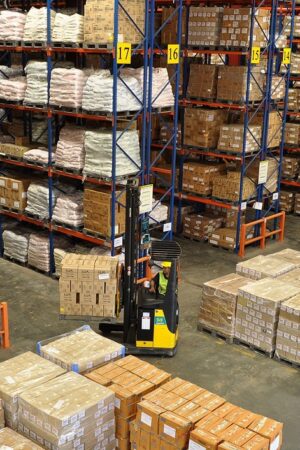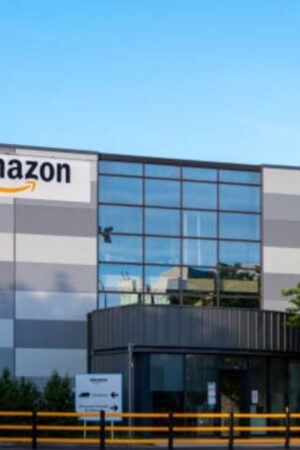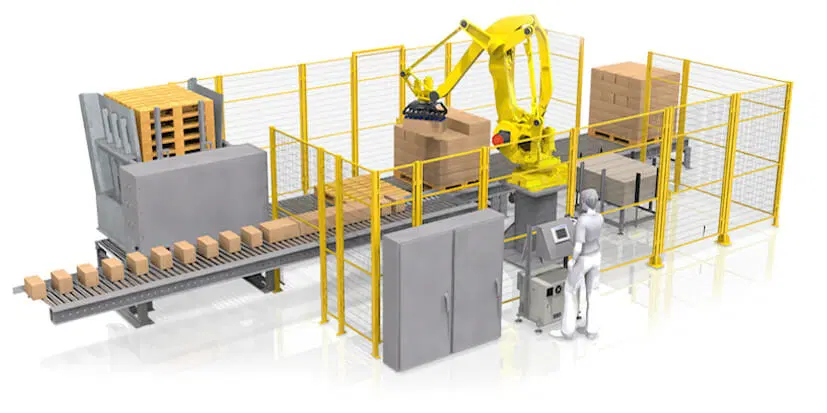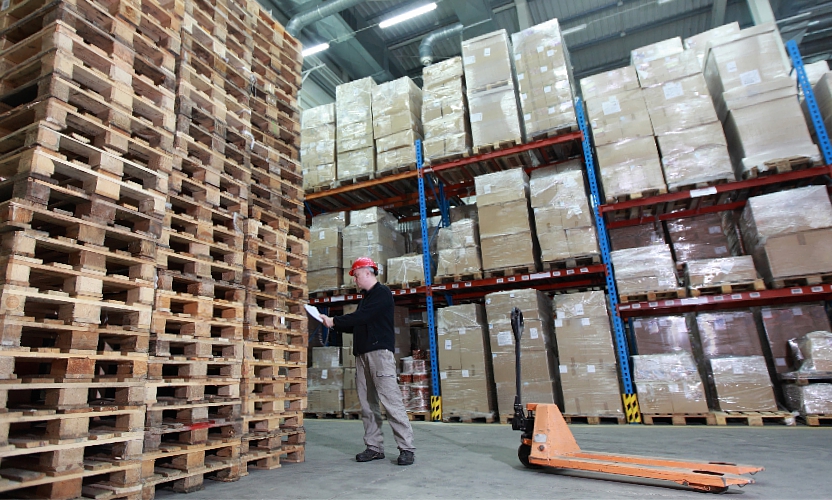Palletizing makes inventory management easier and more organized by efficiently stacking and securing goods on pallets. This method streamlines storage, retrieval, and tracking processes in a warehouse. Properly palletized goods enhance space utilization, simplify inventory tracking, speed up retrieval, reduce product damage, and improve overall organization, significantly boosting warehouse operations and management efficiency.
Let us delve into the five essential ways how properly palletized goods make inventory management easier and more organized:
Efficient space utilization
Proper palletizing allows for vertical stacking, maximizing the use of available storage space. This efficient space utilization means more products can be stored in the same area, reducing the need for additional warehouse space and making the warehouse more organized.
Simplified inventory tracking
Palletized goods can be easily labeled and scanned, simplifying inventory tracking. Each pallet can have a unique identifier, allowing for quick and accurate data entry into inventory management systems. This streamlines the process of locating and counting products, enhancing overall inventory accuracy.
Faster retrieval
Palletizing facilitates quicker retrieval of goods. Pallets can be easily moved using forklifts and pallet jacks, speeding up the process of picking and packing orders. This reduces the time employees spend searching for products, improving efficiency and productivity.
Reduced damage
Properly palletized goods are more stable and secure, reducing the risk of damage during storage and transportation. This stability ensures that products remain in good condition, minimizing losses due to damage and making inventory management more reliable.
Improved organization
Palletizing helps maintain a tidy and organized warehouse. Goods are stacked in designated areas, making it easier to maintain order and cleanliness. This organization reduces clutter and makes it easier to implement and follow warehouse safety protocols.
The conclusion
These benefits make palletizing an essential practice for any warehouse aiming to improve efficiency and operational excellence. Embrace proper palletizing techniques to optimize your inventory management and streamline your warehouse operations.

















